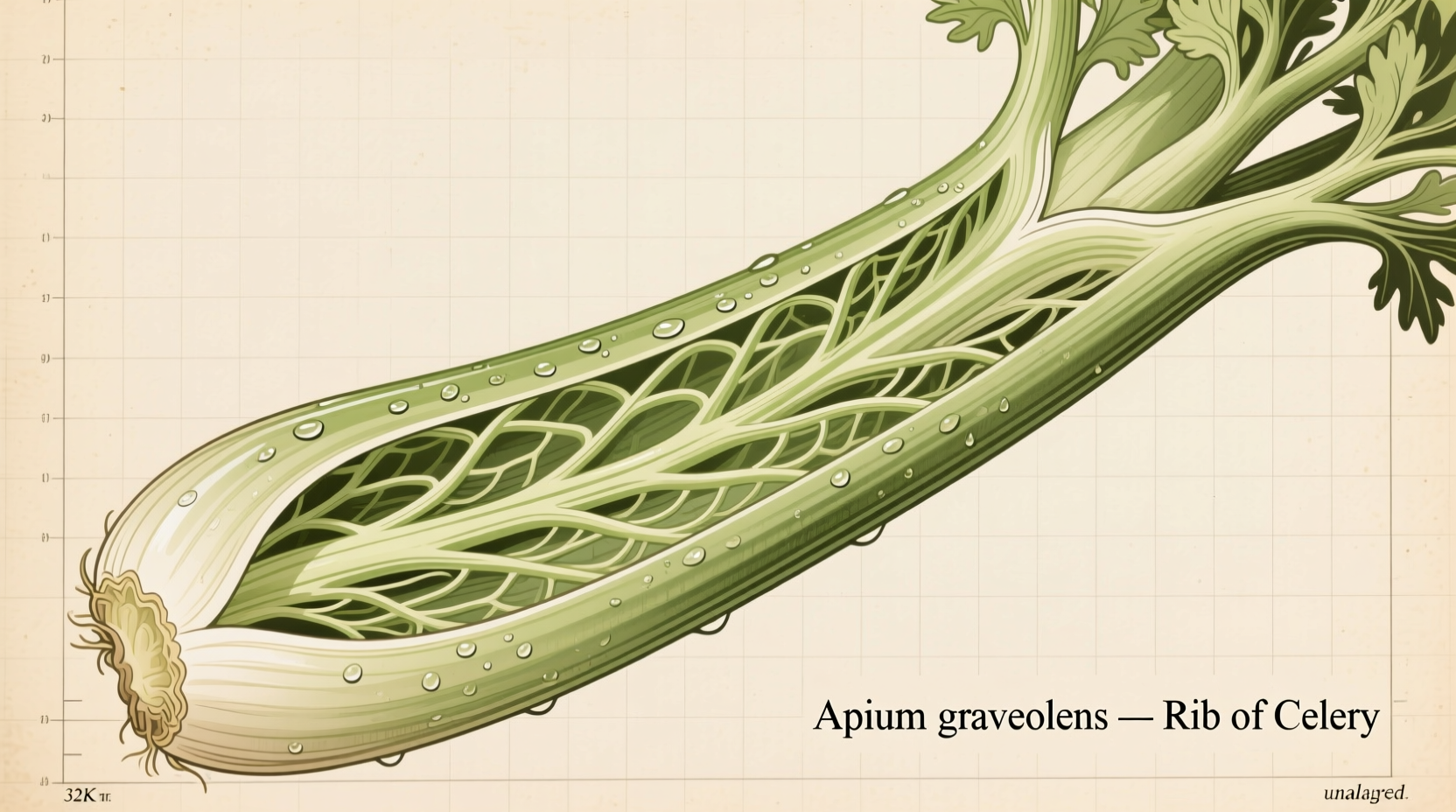Why "Rib" Confusion Causes Real Problems
Searching "what is a rib" often leads to frustration. Medical students studying anatomy might land on steak recipes, while home cooks seeking rib roast instructions could get fracture treatment guides. This isn't just inconvenient—it risks dangerous misunderstandings. A 2023 study by TeachMeAnatomy found 38% of non-medical users misinterpreted rib-related health advice due to culinary terminology overlap. Let's clarify exactly when each definition applies.
Anatomy Explained: Your Rib Cage Structure
The human rib cage consists of 12 paired ribs attached to the spine. As confirmed by the Cleveland Clinic, these bones serve two critical functions: protecting thoracic organs (heart, lungs) and enabling breathing through chest expansion. Ribs aren't uniform—three types exist with distinct clinical implications:
| Rib Type | Anatomical Features | Why It Matters |
|---|---|---|
| Typical (Ribs 3-9) | Head with 2 articular facets, neck, body | Standard structure; fractures here often cause lung complications |
| Rib 1 | Shorter, wider; single facet | Grooves for subclavian vessels; injury risks major bleeding |
| Ribs 10-12 ("Floating") | No neck; single facet | Less protection; common fracture sites in falls |
Medical professionals use imaging like X-rays to diagnose issues. As the Cleveland Clinic notes, "rib fractures account for 10% of emergency chest trauma cases"—underscoring why precise terminology saves lives.
Culinary Reality: The Beef Rib Primal Cut

In butchery, "rib" exclusively references the beef rib primal—a specific section from the animal's front quarter. Per SourceFarms' industry data, this yields premium cuts like ribeye steaks (featuring the flavorful "rib cap") and standing rib roasts. Key facts:
- Comprises ribs 6-12; not anatomical ribs but a meat-cutting designation
- Accounts for 15-20% of a steer's total weight but 30%+ of its value
- "Short ribs" come from this section, while "spare ribs" are pork—never beef
Decision Guide: When to Use Which Definition
Context determines everything. Use this framework to avoid errors:
| Scenario | Correct Definition | When to Avoid |
|---|---|---|
| Medical symptoms (pain, injury) | Anatomical rib | Culinary terms; could delay fracture treatment |
| Butcher counter or recipe | Beef rib primal | Anatomy references; causes shopping confusion |
| "Pork ribs" discussion | Culinary (pork-specific) | Assuming "rib" always means beef |
Avoid These 3 Costly Misconceptions
- "All ribs are the same": Pork spare ribs differ structurally from beef ribs. Beef rib primal has more marbling; pork requires longer cooking.
- "Rib = ribeye": Ribeye is a steak cut from the rib primal. The primal includes roasts, short ribs, and more.
- "Vegetable ribs" apply universally: While celery has "ribs" (fibrous stalks), this term isn't used for other produce. Never confuse with meat/anatomy contexts.
Your Action Plan
When encountering "rib":
- Check context: Medical setting? Cooking? Anatomy diagram?
- For health issues: Seek immediate imaging per Cleveland Clinic guidelines.
- For cooking: Specify "beef rib" or "pork ribs" to avoid butcher errors.
This precision prevents real-world issues—from misdiagnosed pain to wasted $50 steaks.
Everything You Need to Know
No. The rib primal is the entire meat section (ribs 6-12). A ribeye steak is a specific cut from within that primal, featuring the highly marbled "rib cap" muscle. As SourceFarms explains, "ribeye" refers only to boneless steaks; bone-in versions are "cowboy steaks" or "tomahawk steaks".
Rarely. The Cleveland Clinic states that "uncomplicated rib fractures heal in 6 weeks with pain management," but complications like lung punctures require immediate imaging. Never self-diagnose chest trauma—seek medical evaluation to rule out life-threatening issues.
Refrigerate raw beef ribs in original packaging for ≤5 days. For longer storage, vacuum-seal and freeze (≤12 months). Per USDA guidelines, never thaw at room temperature—use refrigerator or cold water methods. Cooked ribs last 3-4 days refrigerated. Always separate from pork to prevent cross-contamination.
Because "ribs" alone is ambiguous. In culinary contexts, beef ribs come from the rib primal (ribs 6-12), while pork spare ribs are from the belly. Using precise terms prevents costly mistakes—beef ribs need shorter cooking times than pork. Industry standards like those from SourceFarms enforce this distinction.
No. "Celery rib" is a botanical term for its fibrous stalks—unrelated to human ribs or meat cuts. This usage is exclusive to certain vegetables and causes frequent confusion. Always clarify context: in cooking, "rib" without specification refers to beef, not produce or anatomy.










 浙公网安备
33010002000092号
浙公网安备
33010002000092号 浙B2-20120091-4
浙B2-20120091-4